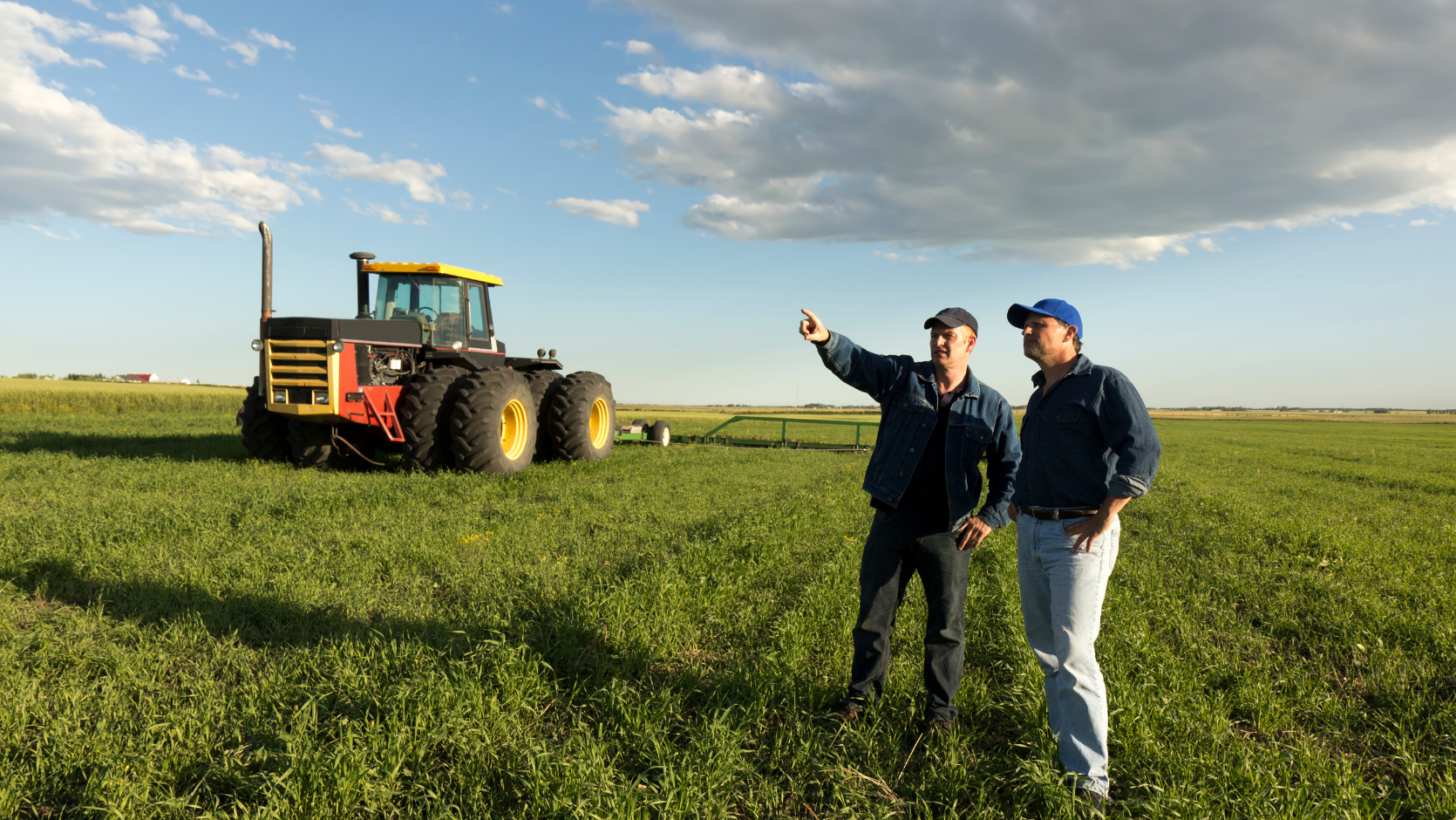The Facts
Sydney council becomes aware of installation of caravan on local property
A Sydney council became aware of home owners in the local area who had converted an old caravan in to a living area with a bedroom, en-suite and kitchenette without a stove or other cooking facilities.
The caravan was registered with Roads and Maritime Services as a caravan and had an attached vehicle identification number (VIN) plate. It had been renovated off site and transported to the home owner’s property by a crane.
The caravan was connected to water, electricity and sewer and had temporary supports to keep it in place. The daughter of the home owners and her partner lived in the caravan.
Council inspects property and orders that caravan be removed
The council inspected the property and provided an order to the home owners that they must remove the caravan because it was not a caravan but a “structure” under the Environmental Planning and Assessment Act (EPA Act), and therefore required development consent and approval by the council.
The home owners decided to challenge the council’s order in the Land and Environment Court.















Expert commentary on the court's decision
Land and Environment Court finds in favour of home owners
In the case Korena Marie Russell v Camden Council [2018] NSWLEC 1159, the Land and Environment Court found in favour of the home owners. The court determined first and foremost that the structure in question was indeed a caravan, being an RMS accredited registrable vehicle which was currently registered.
Under the Environmental Planning and Assessment Act and the Local Government Act a “mobile structure” or “moveable dwelling” is defined as “any tent, or any caravan other than a portable device (whether on wheels or not), used for human habitation”.
The judge said that the human habitation does not depend on how long the space is occupied, but whether it is resided in. In this case, one of the daughters of the family and her partner resided in the caravan, so it was indeed used for human habitation.
When is prior approval from the council not required?
Clause 77 of the Local Government (Manufactured Home Estates, Caravan Parks, Camping Grounds and Moveable Dwellings) Regulation 2005 states that prior approval of the council is not required for installation of “not more than one caravan or campervan on land occupied by the owner in connection with the owner’s dwelling house”, as long as it is used for habitation only by the owner or by members of the owner’s household and is maintained in a safe and healthy environment.
Land and Environment Court rejects council’s arguments
The court rejected the council’s argument that the relevant time for consideration of the matter of human habitation was when the caravan was brought to the site by crane or shortly afterwards, pointing out that the definition did not specify this requirement and that the council had imported this requirement into the definition.
The court also rejected the council’s argument that in order to be used for human habitation, the structure must be capable of being a domicile or dwelling. As the judge pointed out, all dwellings are used for human habitation, but not all places that are used for human habitation are dwellings.
The judge found that as the structure was a caravan used for human habitation, it came within the definition of a moveable dwelling. On that basis, there was no need for development approval for the installation of the caravan on the property and the council’s order to remove it was invalid.
Follow council rules and be aware that decisions can be challenged
There is longstanding confusion about what we can and can’t have in our backyards under council rules.
For instance, can you convert your shed into a granny flat without council approval? What about erecting a garden shed? Or converting your caravan into a granny flat? (For further discussion please see our earlier article “I can just convert my shed into a granny flat without getting council approval, can’t I? Who would know?” – Wrong!)
It is worth bearing in mind that council rules can be convoluted and may clash with other relevant legislation. It is important to ensure you are following council rules, and to be aware that if you have doubts about a council decision, there are ways to challenge it.